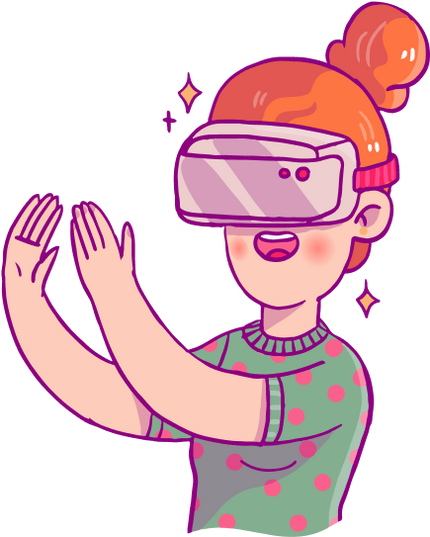Introduction:
Welcome to our beginner's guide on integrating user-centered design aids into your UX strategy. User-centered design (UCD) is a methodology that prioritizes the needs, preferences, and behaviors of users throughout the design process. In this article, we'll explore how incorporating various design aids can enhance the effectiveness of your UX strategy, leading to more user-friendly and impactful digital products.
Understanding User-Centered Design
Putting Users First
User-centered design focuses on understanding the needs, behaviors, and motivations of users to create products that meet their expectations and preferences. It involves iterative cycles of research, design, and testing, with a strong emphasis on empathy and user feedback. By adopting a user-centered approach, designers can create digital experiences that are intuitive, accessible, and enjoyable for users.
The Role of Design Aids in UCD
Tools for Empathy and Insight
Design aids are tools, techniques, and frameworks that support the user-centered design process. From personas and empathy maps to user journey maps and usability heuristics, these aids provide structure and guidance for understanding user needs, identifying pain points, and making informed design decisions. Integrating design aids into your UX strategy ensures that user insights drive every stage of the design process.
Persona Development
Creating User Personas
Personas are fictional representations of target users based on research and data. They help designers empathize with users and understand their goals, preferences, and pain points. By developing personas, designers can create user-centric designs that cater to the needs of specific user groups and segments, leading to more relevant and effective digital products.
Empathy Mapping
Understanding User Emotions
Empathy mapping is a technique used to understand and empathize with users' emotions, thoughts, and behaviors. By mapping out users' feelings, pain points, and aspirations, designers gain deeper insights into their needs and motivations. Empathy mapping helps designers create more empathetic and user-centric designs by considering the emotional aspects of the user experience alongside functional requirements.
User Journey Mapping
Visualizing User Experiences
User journey mapping is a visual representation of the steps users take to accomplish a task or goal within a digital product. By mapping out the user's journey from start to finish, designers can identify pain points, opportunities for improvement, and touchpoints for intervention. User journey maps help designers optimize the user experience by addressing key moments and interactions throughout the user's interaction with the product.
Usability Heuristics
Guiding Design Decisions
Usability heuristics are a set of principles or guidelines used to evaluate the usability of a digital product. By applying usability heuristics during the design process, designers can identify potential usability issues and prioritize improvements. Usability heuristics provide a framework for making informed design decisions that enhance the overall usability and user experience of the product.
Conclusion:
In conclusion, integrating user-centered design aids into your UX strategy is essential for creating digital products that meet the needs and expectations of users. Whether it's developing personas, empathy mapping, user journey mapping, or applying usability heuristics, these design aids provide valuable insights and guidance throughout the design process. By prioritizing user needs and preferences, designers can create more intuitive, accessible, and enjoyable digital experiences that resonate with users.






